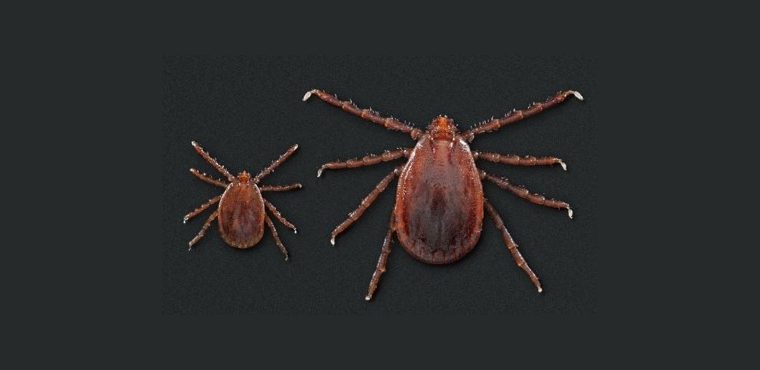Researchers with the University of Arkansas System Division of Agriculture will be expanding their search this fall for various ticks that may transmit anaplasmosis, a disease that can kill cattle.
Anaplasmosis turns an animal’s immune system against itself, destroying both healthy and infected red blood cells, which can starve the animal of oxygen. If anaplasmosis does not kill the infected animal, the animal carries anaplasmosis for life, becoming a reservoir for the disease.
In addition to the further research of anaplasmosis, the Asian longhorned tick has been confirmed in Missouri and Arkansas. The tick is less attracted to human skin and poses a bigger threat to livestock. The Asian longhorned tick is unlike others because a single female can produce as many as 1,000 offspring at a time without mating. The tick is light brown and can be smaller than a sesame seed, making it difficult to identify.
For additional information about anaplasmosis research visit the University of Arkansas System Division of Agriculture website. The CDC website contains more resources regarding Asian longhorned ticks.







